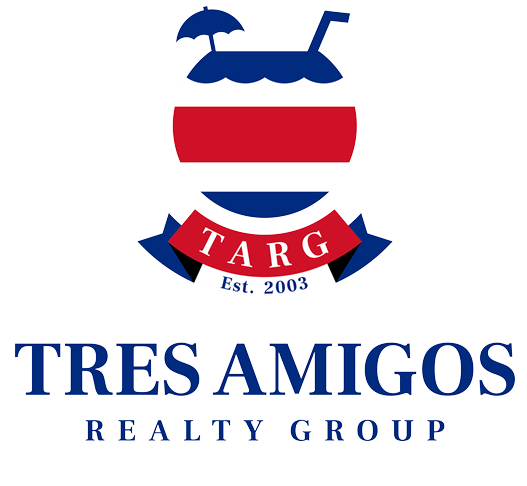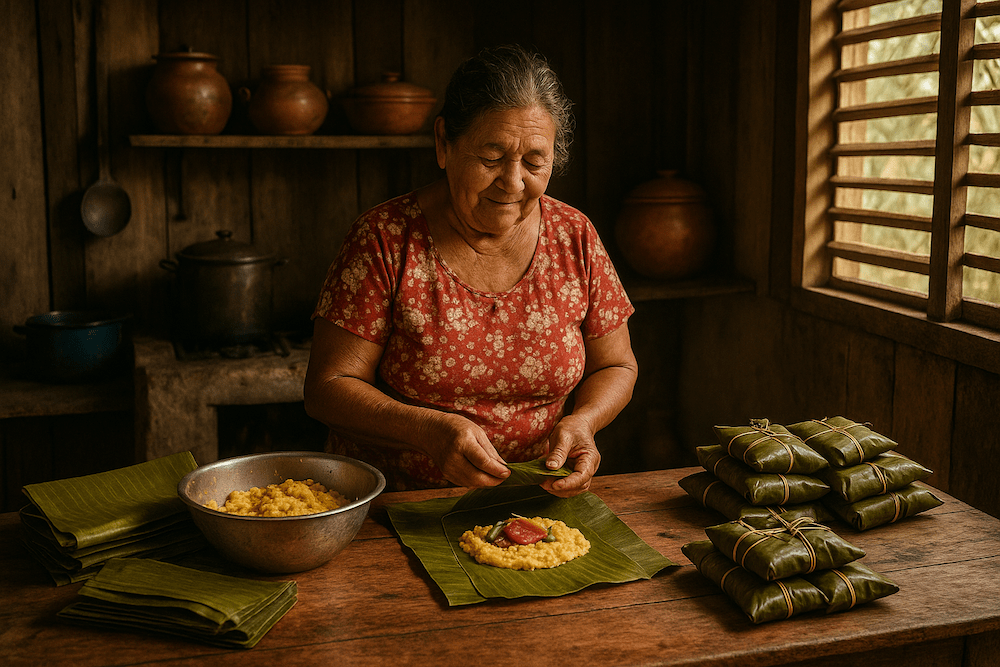Christmas Traditions in Costa Rica
A Festive Transition: From Green Season to Christmas
In Costa Rica, Christmas marks the start of the dry season—a welcome change after months of tropical rains. December ushers in clear skies, cooler breezes in the Central Valley, and a collective shift toward celebration. Unlike the commercial frenzy found in many countries, Costa Rica’s Christmas traditions are rooted in family, faith, and community. These customs blend Catholic heritage with local culture, creating a unique holiday atmosphere.
Pasitos, Portales, and Cypress Trees
As early as the first week of December, homes begin to display vibrant lights and hand-crafted decorations. Central to many households is the “pasito” or “portal”—a nativity scene often elaborately arranged with figurines, moss, wood, and twinkling lights. Some families go to great lengths, dedicating entire rooms to recreate Bethlehem landscapes with rivers made from foil and tiny houses carved from wood.
Christmas wreaths in Costa Rica are typically crafted from cypress branches and adorned with red coffee berries and festive ribbons. Instead of the fir or pine tree common in the north, many Tico families favor a local cypress tree for its aromatic scent. Perhaps the most iconic Christmas tree in the country is the one planted decades ago outside the Children’s National Hospital in San José—a symbol of hope and resilience for young patients and their families.
Festival de la Luz: A Dazzling Beginning
San José kicks off the holiday season with the Festival de la Luz (Festival of Light), typically held in mid-December. This nighttime parade features illuminated floats, dance troupes, and marching bands from across the country. Thousands gather along Paseo Colón and Avenida Segunda to watch the spectacle. Prizes are awarded for best float, best costumes, and best musical performance, but the true reward is the collective joy and pride shared by participants and spectators alike.
Gifts from El Niño Jesús, Not Santa
In Costa Rica, Santa Claus takes a backseat. It’s the Christ Child—El Niño Jesús—who delivers gifts on Christmas Eve, known as Noche Buena. Children wake up on Christmas morning to find presents mysteriously placed during the night. This tradition reflects the country’s deep Catholic roots and offers a quieter, more spiritual alternative to Santa’s sleigh and reindeer.
Tamales and Christmas Eve Gatherings
Christmas Eve is the main event for most Costa Rican families. Relatives gather for a festive dinner that traditionally includes baked pork leg, rice dishes, and most importantly, tamales. Tamales are made from seasoned corn dough filled with pork or chicken, vegetables, and rice, then wrapped in banana leaves and boiled. The process is a family affair—multi-generational, labor-intensive, and steeped in tradition. Each household claims its own secret recipe, often passed down from grandmothers to grandchildren.
La Misa del Gallo: The Midnight Mass
For those who observe religious customs, La Misa del Gallo (“Rooster’s Mass”) is an essential part of the celebration. This midnight Catholic service on December 25th is a solemn and joyful moment, attended in formal dress and filled with music and reverence. Though it may last two hours or more, the mass is a spiritual anchor in the midst of the holiday cheer.
Bullfights and Public Festivities
After Christmas, attention turns to public events, especially the bullfights in Zapote—a suburb of San José. Unlike the violent spectacles in other parts of the world, Costa Rican bullfights are non-lethal. The bulls are not harmed, and the “bullfighters” are untrained volunteers who test their luck in front of a live audience. The highlight is often the chaotic moment when dozens of young men enter the ring, dodging the bull as it charges. While the bulls emerge unscathed, human participants occasionally leave with bruises or worse.
Rosario and the Epiphany
Christmas celebrations continue into January, culminating on January 6th—Three Kings Day. Known as El Día de los Reyes, this day marks the visit of the Magi to the Christ Child. In some communities, families gather to pray the rosary and enjoy coffee, rompope (Costa Rican eggnog), pastries, and leftover tamales. It’s a quieter, more intimate finale to a season grounded in reflection and gratitude.
A Season Rooted in Tradition
Costa Rica’s Christmas is less about consumerism and more about connection—between families, communities, and generations. It’s a time to honor faith, share food, and embrace time-honored traditions that speak to the heart of Tico culture. For visitors and residents alike, experiencing Christmas in Costa Rica offers a meaningful look at the country’s values and warmth.







